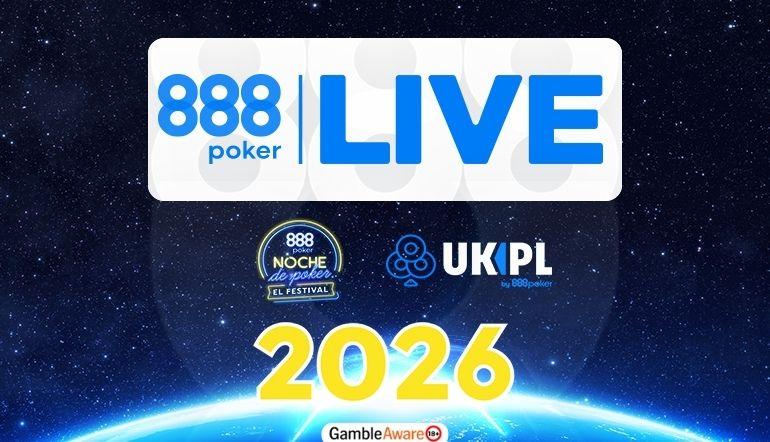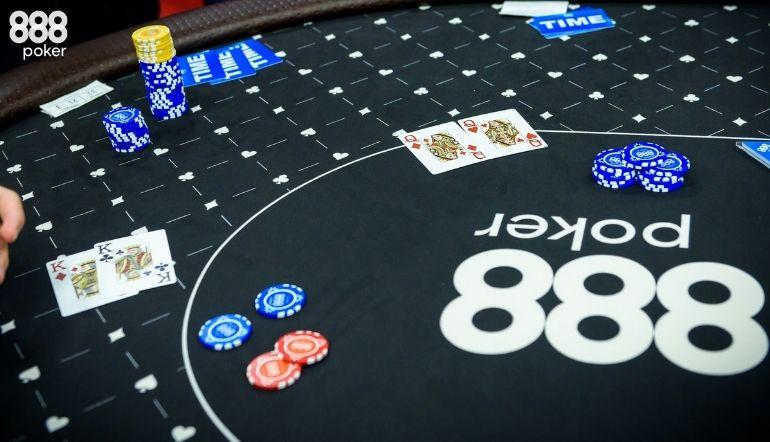See All Articles in this category
888poker Launches Brand New Twitch 888pokerTV Streaming Schedule for 2026!
888poker launches its brand-new streaming schedule on its Twitch 888pokerTV channel. Keep up with all the latest happenings at 888poker!
XL Winter Series Returns in 2026 with RAKELESS $500K GTD Multi-Flight Mystery Bounty Main Event!
The 2026 XL Winter Series returns in January, featuring affordable Mystery Bounty events and highlighted by the $500K GTD multi-flight rakeless Main Event.
Bag 30% Extra Cash Rakeback during Happy Hour at 888poker Tables!
Celebrate the start of the year with the return of 888poker’s Happy Hour Rakeback offer. Grab this bonus, granting players 30% extra rakeback!
Scott Blumstein: 2017 WSOP Main Event Champ’s Poker Net Worth and Lifestyle
What comes next after a massive poker win? 888poker explores Scott Blumstein’s estimated net worth in 2025, career highlights, income, and finances.















